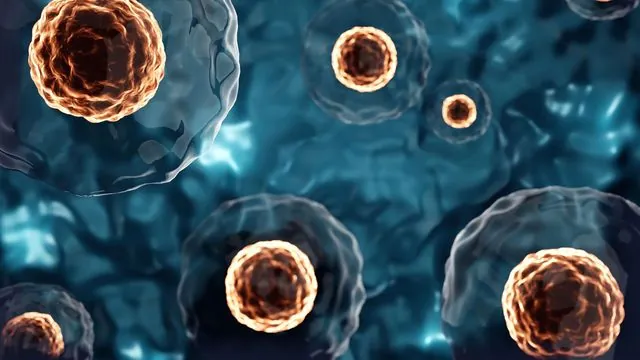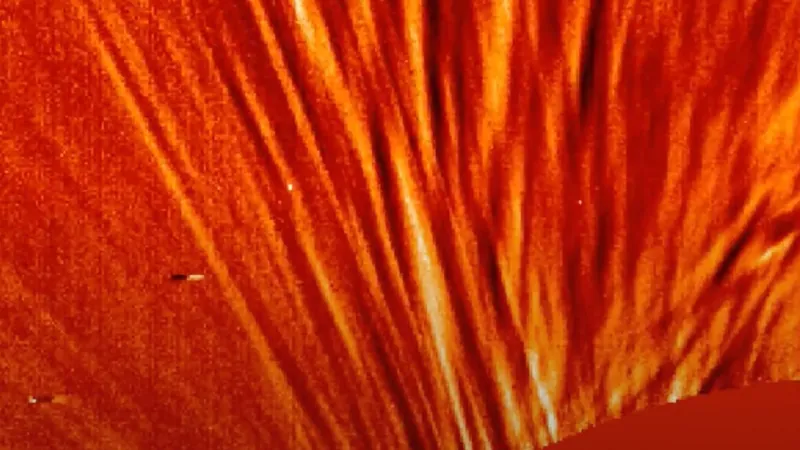
Revolutionizing Robotics: Meet PAWS, the Four-Legged Marvel that Mimics Animal Movement with Less Energy
2025-03-30
Author: Jia
In a remarkable leap for robotics, researchers at EPFL's CREATE Lab and Delft University of Technology (TU Delft) have unveiled PAWS (Passive Automata With Synergies), a groundbreaking four-legged robot that can replicate the fluid and adaptive movements of animals while utilizing significantly fewer actuators. This innovation marks a crucial step towards creating more energy-efficient robotic systems that can navigate diverse terrains with the agility and grace of their biological counterparts.
Inspiration from Nature
Robotic designs have long drawn inspiration from the nimble movements of quadruped animals such as dogs, cheetahs, and horses. However, achieving the smooth, realistic motions seen in nature poses significant challenges. While existing quadruped robots often incorporate complex actuators and computational components, these systems can be energy-intensive and less efficient.
Introducing PAWS
PAWS distinguishes itself from traditional quadruped robots by implementing a concept known as "motor synergies," which are coordinated patterns of muscle activation that allow animals to move efficiently. The researchers crafted PAWS by first studying the locomotion of dogs to identify key motion synergies. They then translated these findings into a tendon-driven mechanical system, significantly reducing the number of motors needed compared to the number of joints.
Dynamic Movements with Fewer Actuators
The design allows PAWS to perform dynamic movements, such as crouching, walking, and even galloping, with just four independently controlled actuators. In experimental tests, the robot demonstrated its remarkable ability to run on a treadmill without any active motor engagement, purely relying on its passive design and flexible joint connections. This challenges the notion that complex actuation is necessary for sophisticated movement.
Future Implications and Applications
Francesco Stella and Mickael Achkar, the lead researchers behind this project, emphasized that their work showcases how structured methodologies can improve robotic design inspired by nature. By focusing on biological principles of movement, they aim to bridge the gap between robotics and natural dynamics.
As they push the boundaries of this research, the team is exploring how minimal sensing and simple feedback mechanisms could enhance the stability of PAWS. They are committed to further validating its capabilities and examining its potential applications in real-world problem-solving. The implications for industries such as search and rescue, environmental monitoring, and military operations are profound.
Conclusion
With PAWS paving the way for the next generation of robotic systems, we are witnessing a remarkable convergence of biology and technology. As researchers continue to refine this innovative platform, the future of robotics looks brighter than ever—prepare for a world where machines move as gracefully as the animals that inspire them!



 Brasil (PT)
Brasil (PT)
 Canada (EN)
Canada (EN)
 Chile (ES)
Chile (ES)
 Česko (CS)
Česko (CS)
 대한민국 (KO)
대한민국 (KO)
 España (ES)
España (ES)
 France (FR)
France (FR)
 Hong Kong (EN)
Hong Kong (EN)
 Italia (IT)
Italia (IT)
 日本 (JA)
日本 (JA)
 Magyarország (HU)
Magyarország (HU)
 Norge (NO)
Norge (NO)
 Polska (PL)
Polska (PL)
 Schweiz (DE)
Schweiz (DE)
 Singapore (EN)
Singapore (EN)
 Sverige (SV)
Sverige (SV)
 Suomi (FI)
Suomi (FI)
 Türkiye (TR)
Türkiye (TR)
 الإمارات العربية المتحدة (AR)
الإمارات العربية المتحدة (AR)